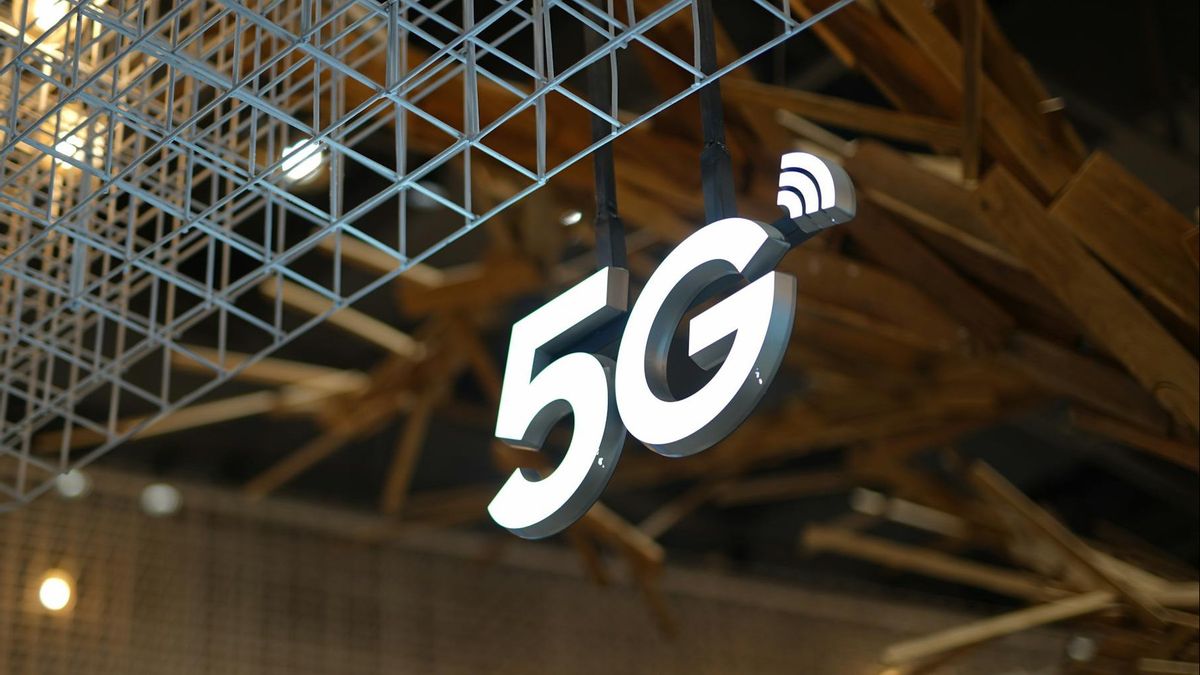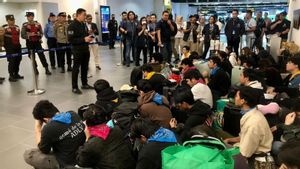JAKARTA - The 2025 5G Success Index report by Kearney shows that more than 30 percent of the population in 10 countries are now using 5G, with the United Arab Emirates and Malaysia leading with 5G penetration of more than 50 percent.
However, in Indonesia, 5G adoption is still a challenge. Since its launch in 2021, the 5G penetration rate in Indonesia has only reached 2 percent.
According to the Kearney report, this low penetration is due to limited infrastructure, such as the minimal number of transmitter stations, inadequate fiber optic networks, and limited frequency availability.
According to Head of the Kearney Technology Center of Excellence Carlos Oliver Mosquera, with already discussions on the release of the 700 MHz, 2.6 GHz, and 3.5 GHz spectra that are more relevant for 5G, Indonesia can catch up.
"If regulators can release this spectrum cleanly, it will be a big change. This is possible because all of these spectra are greenfield allocations," Carlos explained in a statement received by VOI.
With high quality spectra, Carlos added, operators in Indonesia can increase the capacity and quality of their networks, thereby accelerating the adoption of 5G.
On the other hand, Malaysia, which previously adopted a single wholesale network, is working on a second network to trigger competition and accelerate 5G adoption. Malaysia has also just announced a close penetration rate of 55 percent.
Even though 5G adoption in Indonesia is still relatively low, Managing Partner Kearney for Southeast Asia Varun Arora sees its growth opportunities as great.
SEE ALSO:
With more affordable device prices, customer adoption is predicted to increase, along with a surge in data consumption driven by the presence of the 5G network.
'Consumption of data per customer in Indonesia is much lower than similar markets, for example, GB/customers in Indonesia are currently 40 percent lower than in Thailand. With 5G support, data consumption per customer can increase from 13 GB/customers at this time to 42 GB/launch in 2030,' Varun explained.
He also added, "if we combine a higher adoption increase with the availability of quality spectra, the Total Cost of Ownership (TCO) of 5G networks may be better than 4G networks."
The English, Chinese, Japanese, Arabic, and French versions are automatically generated by the AI. So there may still be inaccuracies in translating, please always see Indonesian as our main language. (system supported by DigitalSiber.id)













